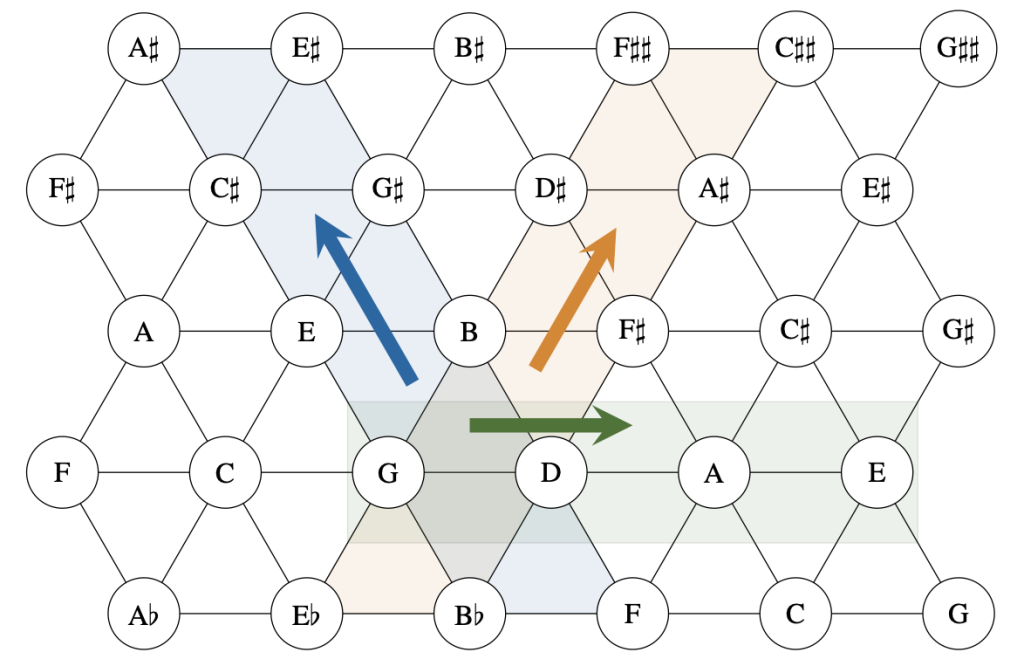Western Harmonic Practice II: Chromaticism and Extended Tonality
“We cling nervously to the melody, but if we don’t handle it freely, we don’t really make anything new out of it, we merely overload it.” – Johannes Brahms
Prerequisites
This section assumes you have completed the earlier section on Harmonic Practice I and are comfortable with the basic aspects of four part SATB harmony, principles of good voice leading in diatonic tonal harmony, the proper handling of the minor mode and an understanding of modern minor’s forms (Natural and Ascending), and an understanding of tonal regions, functions, and the framework of chord motion in tonal harmonic progressions.
Organization
This chapter continues on the foundation provided earlier, and is still modeled on Arnold Schoenberg’s 1911 treatise, A Theory of Harmony. As we delve deeper into the intricacies of music theory, it becomes imperative to grasp the dynamic world of modulation, voice-leading, and extended tonalities. At first we set the stage by exploring modulations to keys immediately adjacent, laying the foundation for more distant tonal voyages in subsequent sections.

Introducing the technique of chord borrowing, we’ll illuminate the enriching possibilities of the secondary dominant, and venture into borrowing from various secondary diatonic scale degrees. Voice-leading will be further enhanced with the introduction of chromaticism, while later chapters on modulation will transport us even further to three, four, or even more distantly related keys. The later chapters on extended tonality unravel the additional possibilities of augmented and diminished chords, leading to the enigmatic augmented sixth chord and altered dominants. We will also augment our understanding of chord motions to incorporate patterns and progressions through sequences and we will conclude with an introduction to harmony beyond the seventh chord tone, uncovering the lush sounds of ninth, eleventh, and thirteenth chords. Throughout this section, our aim is to not just grasp the basic theoretical constructs, but to internalize the sounds, textures, and emotional impact they may bring.
